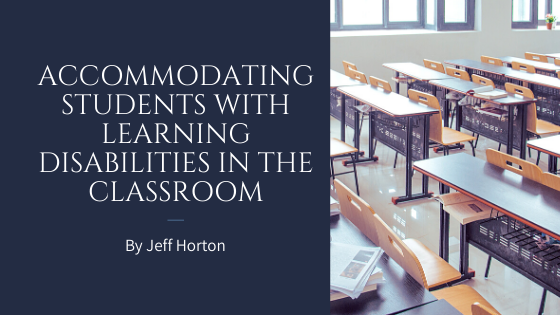Anyone with a disability has the right to an education regardless of whether their disability is physical or neurological. Learning how to adapt the classroom for students with learning disabilities can help teachers better serve the needs of their students.
Teach Courses in Multiple Ways
Learning disabilities come in many forms including challenges with listening, speaking, reading, writing, calculating, and organizing. An educator who sticks to a single teaching format, like lectures and written essays, for every lesson is not accommodating students who learn in different methods. Switching up teaching styles makes it easier to address students’ unique needs. By using multiple methods to demonstrate information, such as talking while displaying graphs, teachers can more effectively communicate.
Be Flexible on Assignments and Tests
Students with learning disabilities tend to do better when allowed to work at their own pace. Teachers may need to allow some students additional time to complete tests and other assignments. When possible, they should adapt the assignment to the student’s needs. For example, a dyslexic student may do better with an oral report instead of a written report. Giving multiple options for completing assignments is also met favorably by other students, since it allows those with different learning styles to work in the medium they prefer.
Provide Study Guides
Many students with learning disabilities will benefit from regular summaries, study guides, and review sheets. This can help keep them from falling behind if they struggle with certain concepts. Teachers may want to arrange regular meetings to assist students with studying. All types of students can benefit from this accommodation, since it provides guided study material instead of making them wrestle with concepts on their own.
Promoting Awareness About Accommodations
Many students with learning disabilities struggle in silence because they are used to teachers who refuse to make accommodations. Those who are comfortable altering their teaching style for students with learning disabilities need to be clear about potential assistance. In college classes, make a statement both in person and in the syllabus that encourages any students with a learning disability to talk to the teacher about accommodations. In grade school, take the time to inform parents of potential accommodations during parent teacher meetings.

